
The puppet, the board game Twister, and the water gun brand Super Soaker were inducted into the National Toy Hall of Fame Thursday morning at The Strong Museum in Rochester, N.Y.
The museum dedicated to the history of toys received more than 500 nominations for inductees this year, which an internal committee whittled down to 12 finalists. The committee considered factors like name recognition and how long products have been on shelves — which means at least 20 years, enough time for parents and their kids to have grown up playing with them. Finalists were then reviewed by a national advisory committee of child development experts, historians, authors, and illustrators, who ranked their top three choices. Fifty-nine toys have been inducted so far.
Puppet got the most votes by far “probably because it has been around for centuries and [people wondered] why hasn’t it been in the Hall of Fame yet,” says Chris Bensch, the museum’s vice president for collections. The classic playthings date back to ancient times when they were to reenact educational stories like The Iliad and The Odyssey, Chinese and Japanese folktales, and Christian teachings. Then they became a regular form of entertainment at carnivals, fairs, and theaters — think Punch & Judy in the 19th century (though Punch first appeared in 1662). Throughout the 20th century, television brought puppet shows into people’s homes, through popular shows like Howdy Doody, Sesame Street and Jim Henson’s The Muppets. But in the end, curators say the puppet’s appeal is timeless because it can be made out of anything (like a sock) and be used to act out whatever story comes to mind.
Twister is what Bensch calls a “breakthrough toy” because, before Reyn Guyer and a team developed it in 1964, “there had never been a boxed game that made people the playing pieces.” Originally named “Pretzel,” the game requires players to put their hands and feet on different colored circles on a white plastic sheet, depending on what color the spinner lands on. When it hit shelves in the ’60s, it was seen as risqué because it forced people to get so close together, so some stores refused to list it in catalogues. But the museum says it went mainstream after Tonight Show host Johnny Carson and actress Eva Gabor played it, putting “a mental image in Americans’ minds of how much fun this game could be.” Bensch also says the induction comes just in time for the game’s 50th anniversary next year.
The Super Soaker water gun is also hailed as a game-changing toy. Experts told TIME for its list of “The 13 Most Influential Toys” that squirt guns were initially just “cheap, throwaway toys.” But then NASA engineer Lonnie Johnson invented the Super Soaker, which he licensed in 1989 to the Larami Corporation (acquired by Hasbro). Recent versions can shoot anywhere from 30 to 50 feet of water into the air.
Overall, Bensch says he hopes these inductees, which all originated offline, will “remind” children and their families to “balance the screen play that seems to dominate kids’ lives.”
13. Cabbage Patch dolls

These dolls were the first toys not tied to a popular TV, movie, or comic that “everybody had to have and nobody could find,” says Jim Silver, editor of TimetoPlayMag.com. A December 1983 TIME article described parents knocking over display tables, grabbing, and shoving each other just to get one for their kids. By billing each doll as unique (each one came with adoption papers and a birth certificate), the makers of Cabbage Patch dolls were able to create an urgent sense of demand—a strategy mimicked by Beanie Babies, ZhuZhu pets, and more.
12. Leap Pad
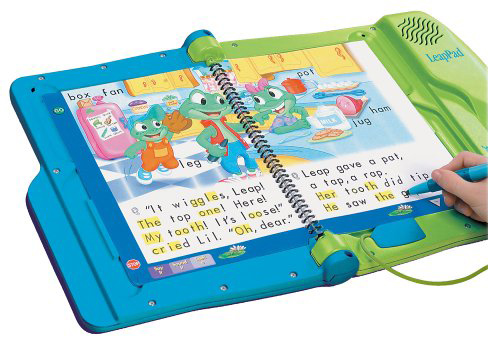
Introduced in 1999 to help kids master reading, this talking book was the first toy that aimed to make learning fun. “Kids thought they were playing,” says Silver. “And they could do it on their own without their parents.” It also paved the way for VTech’s orange and purple V.Smile, which debuted in 2004 to help preschoolers hone motor skills through a Winnie the Pooh game, as well as countless other educational gaming consoles (including a new launch of its own). But still, “if you go down the learning aisle, LeapFrog and VTech dominate it,” says Silver.
11. Rubik’s Cube
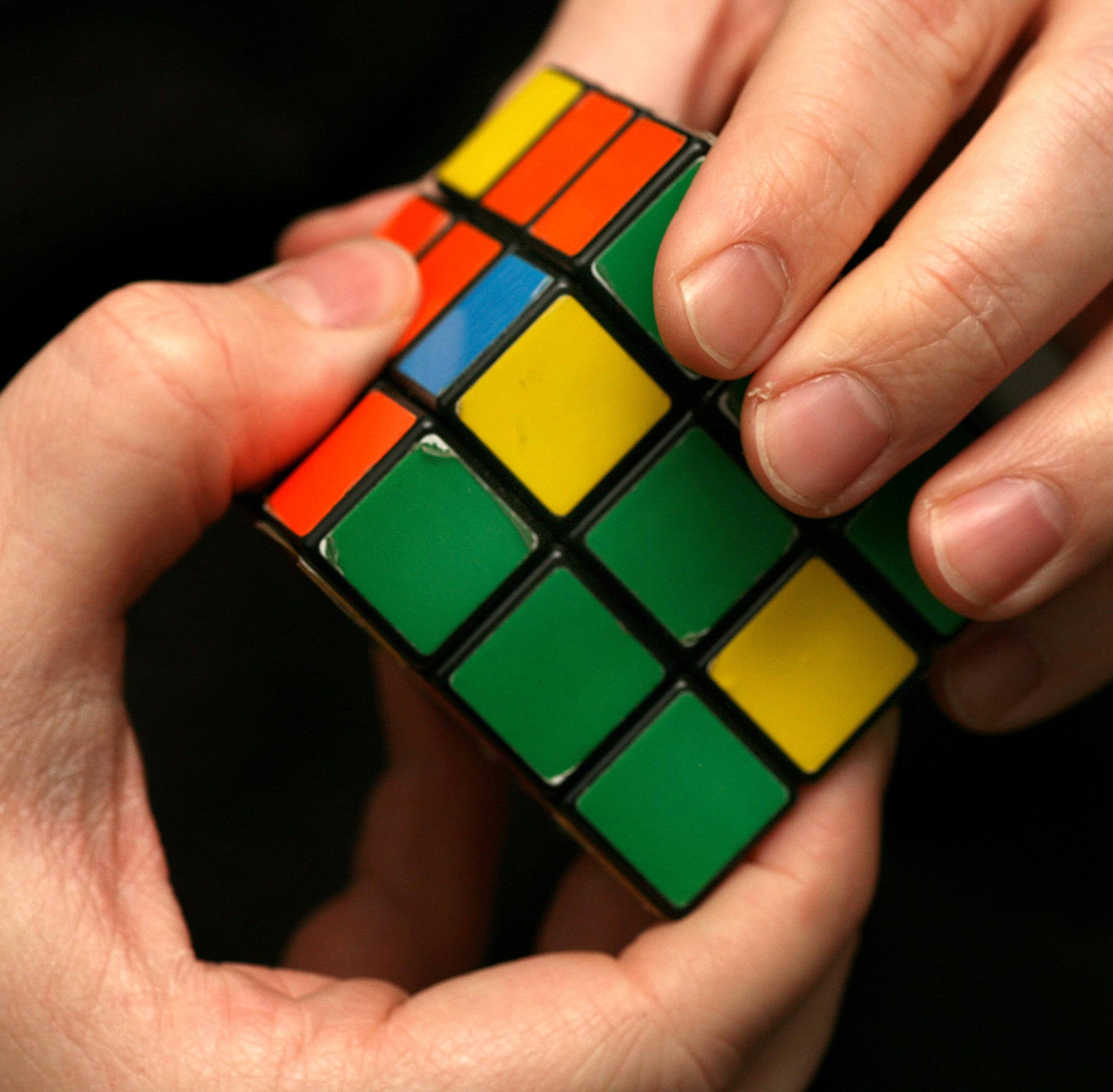
More than 350 million have been sold worldwide since it was invented 40 years ago in Budapest by architecture professor Erno Rubik, making the cube one of the best-selling puzzles of all time. (There are a maddening 43,252,003,274,489,856,000 different ways to twist and turn it.) Today, there are annual tournaments held to reward the fastest solvers, and the Transformers toys have adopted a similar mechanism. “People love play that involves mastery,” says Richard Gottlieb, CEO of Global Toy Experts. “The harder you work at it, the better you get at it.”
10. View-Master
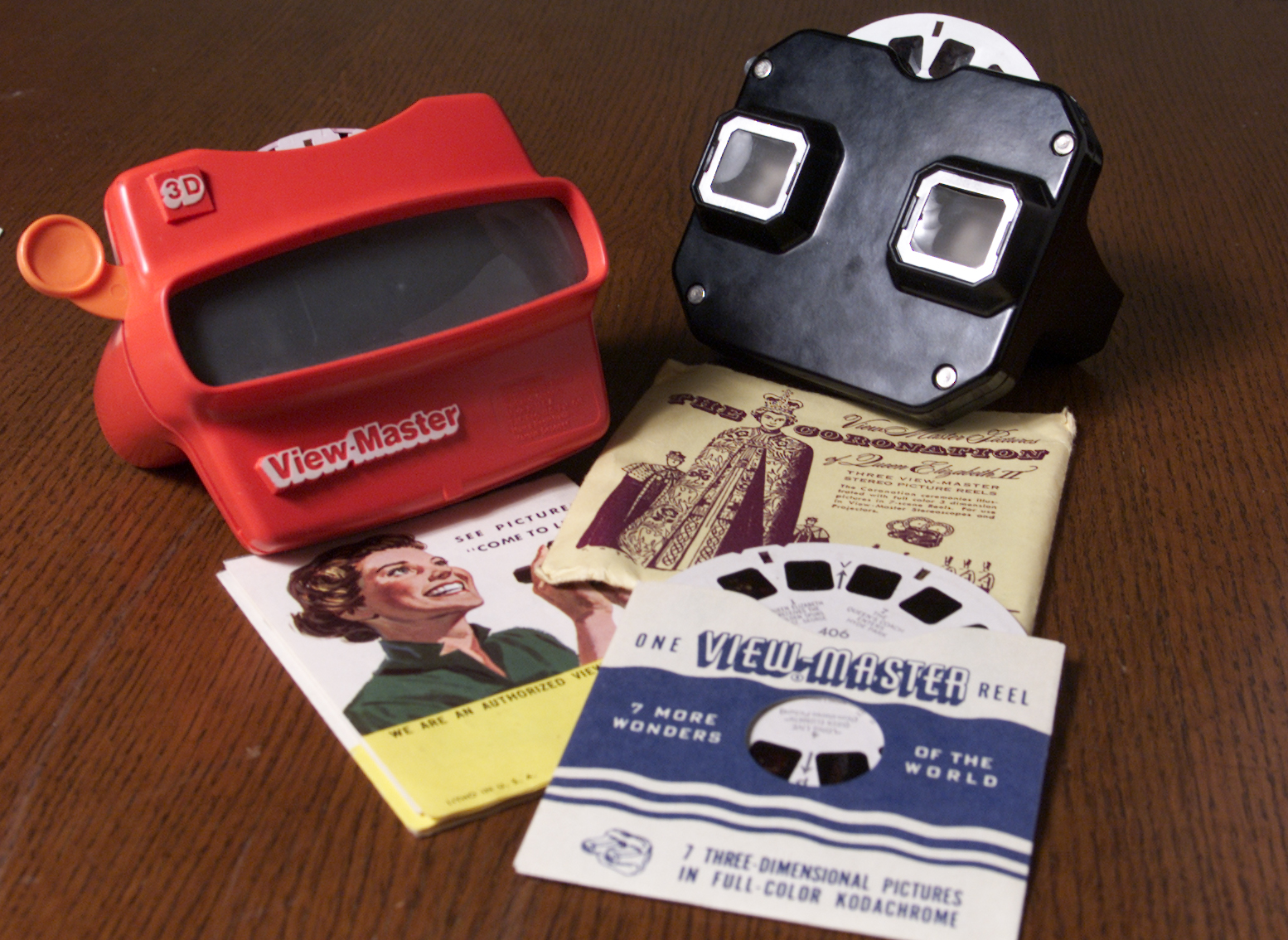
Invented by Harold Graves, president of Sawyer’s Photographic Services, the stereoscope was unveiled at the 1939 New York World’s Fair as a way to view photos of tourist attractions in 3D and got its big break when it landed a licensing agreement with Disney. Think of it as a precursor to the Internet, says Tim Walsh: “People who couldn’t get to New York City to see the Statue of Liberty could feel like they were standing in front of it.” The old-school device still exists in some form—Mattel’s Fisher-Price makes a version—but its lasting impact is more visible in gadgets like the Oculus Rift virtual reality headset.
9. Star Wars figurines
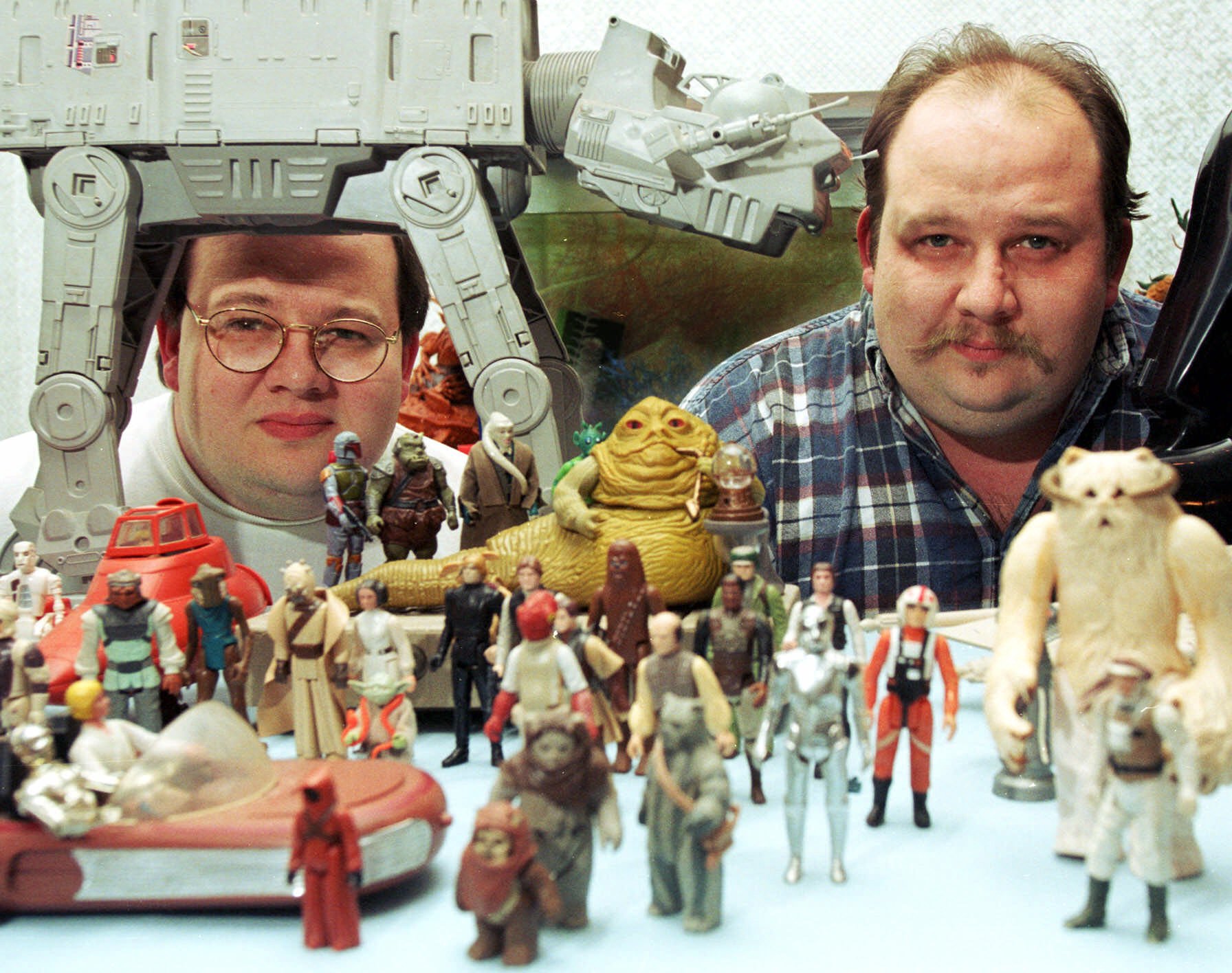
Ever wonder why every summer blockbuster seems to come standard with a line of toys? Credit Star Wars‘ 1977 marketing campaign, which encouraged people to buy empty boxes with coupons redeemable for collectible Star Wars-themed toys. That “opened up the collectible category and made collecting cool,” says Silver. Likewise, the popularity of Marvel toys can be traced back to Mego, which helped license action figures for Marvel and Star Trek characters.
8. Doc McStuffins

The toy line based on the Disney Junior animated TV star who is doctor to her stuffed animals was the first black figure to become popular among kids of all races, boasting $500 million in sales last year. “This is a big statement about how the world is finally changing,” says Silver, “because it means kids are buying the doll not because of the color of its skin, but because of the character of the person.”
7. Super Soaker

This pump-action water gun literally blew its competition out of the water, so to speak. Before NASA engineer Lonnie Johnson invented and licensed it to the Larami Corporation (later acquired by Hasbro) in 1989, “water pistols were cheap throwaway toys that you gave to somebody at a birthday party,” says Tim Walsh, author of Timeless Toys: Classic Toys and the Playmakers Who Created Them. “The Super Soaker changed the summer toy aisle, so now there’s an aisle of Super Soaker-esque water pistols that shoot 30-50 feet of water into the air.”
6. Easy Bake Oven
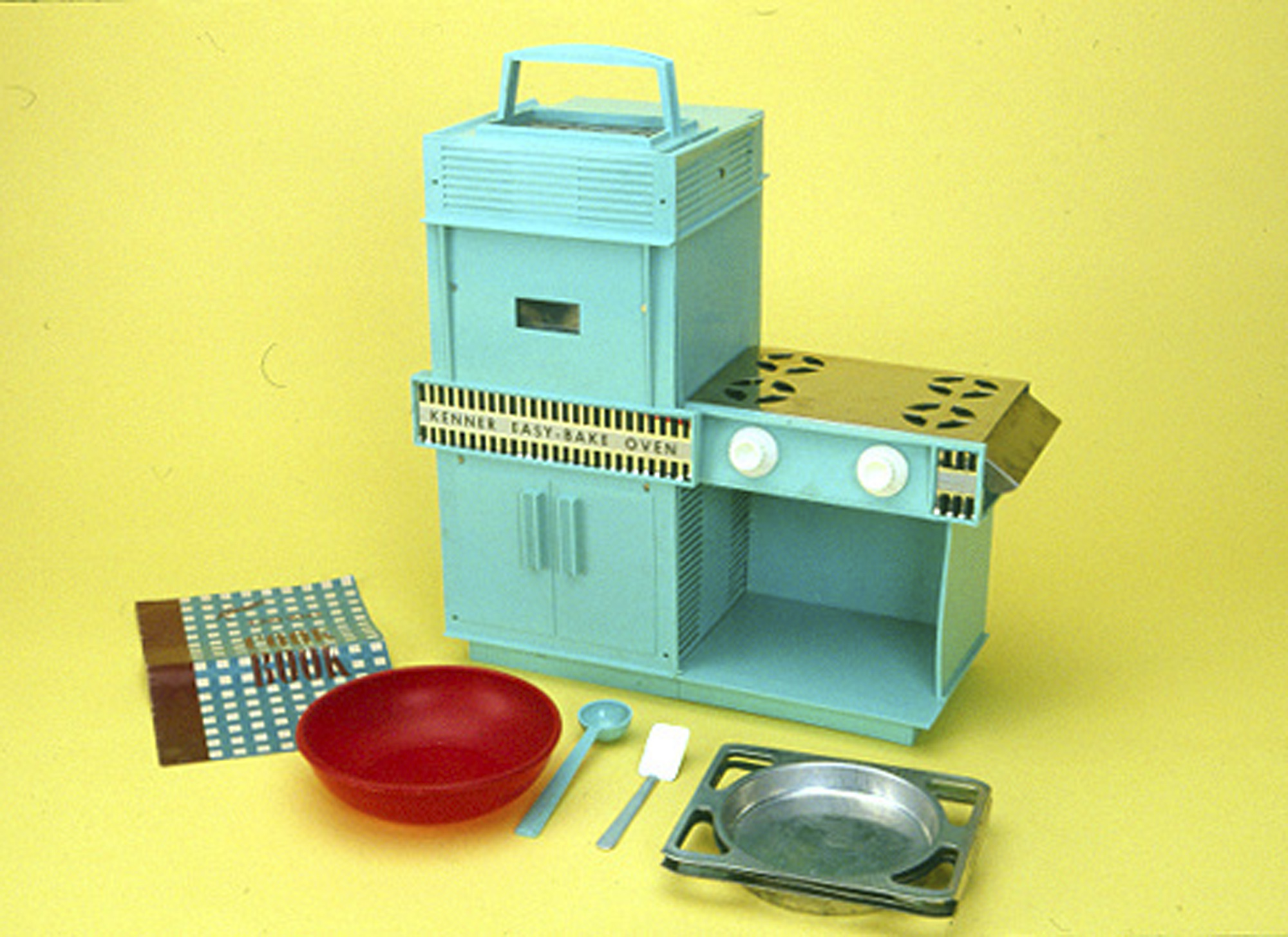
Cooked up in 1963 by Kenner Products (now part of Hasbro), it was the first toy that allowed kids to make edible food, a brand new category of play. Now stores feature devices that make s’mores, sno cones, cotton candy, cupcakes, and most recently, cake pops.
5. Chatty Cathy
“The fact that dolls talk started with Chatty Cathy,” says Silver. She was the first portable, interactive doll that said things like “Let’s play house” or “I love you” when children pulled her drawstring. Mattel made it from 1959 to the mid-1960s, paving the way for the 1986 launch of Teddy Ruxpin, the first interactive stuffed animal or plush toy—kids inserted a cassette tape in its back, and it would talk—and mega-popular talking plushes like Furby, Tickle Me Elmo and Hasbro FurReal Friends.
4. Nerf Bow and Arrow
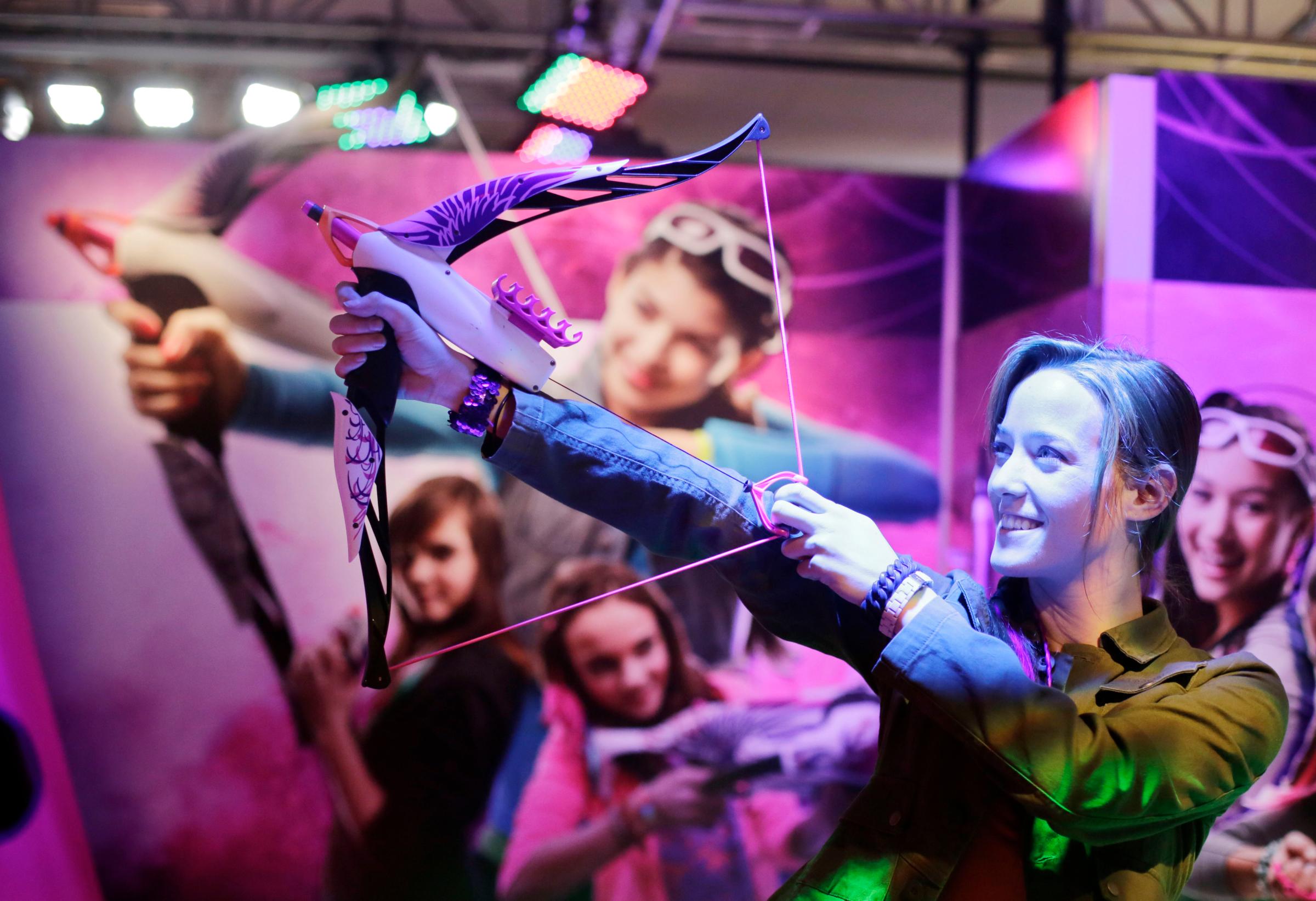
The NERF “Bow ‘N’ Arrow” launched the toy blaster market when it was introduced in 1991. “Up until the 1980s, NERF had always been the hoop and basketball, so the bow and arrow changed NERF’s entire brand to where it is today, which is more of a blaster with foam darts,” says Silver. Today, the brand (owned by Kenner Products and now Hasbro) counts on the popularity of The Hunger Games’s bow-hunting heroine Katniss Everdeen to sell blasters, especially to girls, while its influence market-wide can be seen in the emergence of Zing Toys, a line of foam darts and slingshots, and the “secret” line of blasters Mattel revealed in April that are designed to fire more accurately than NERF ones.
3. G.I. Joe
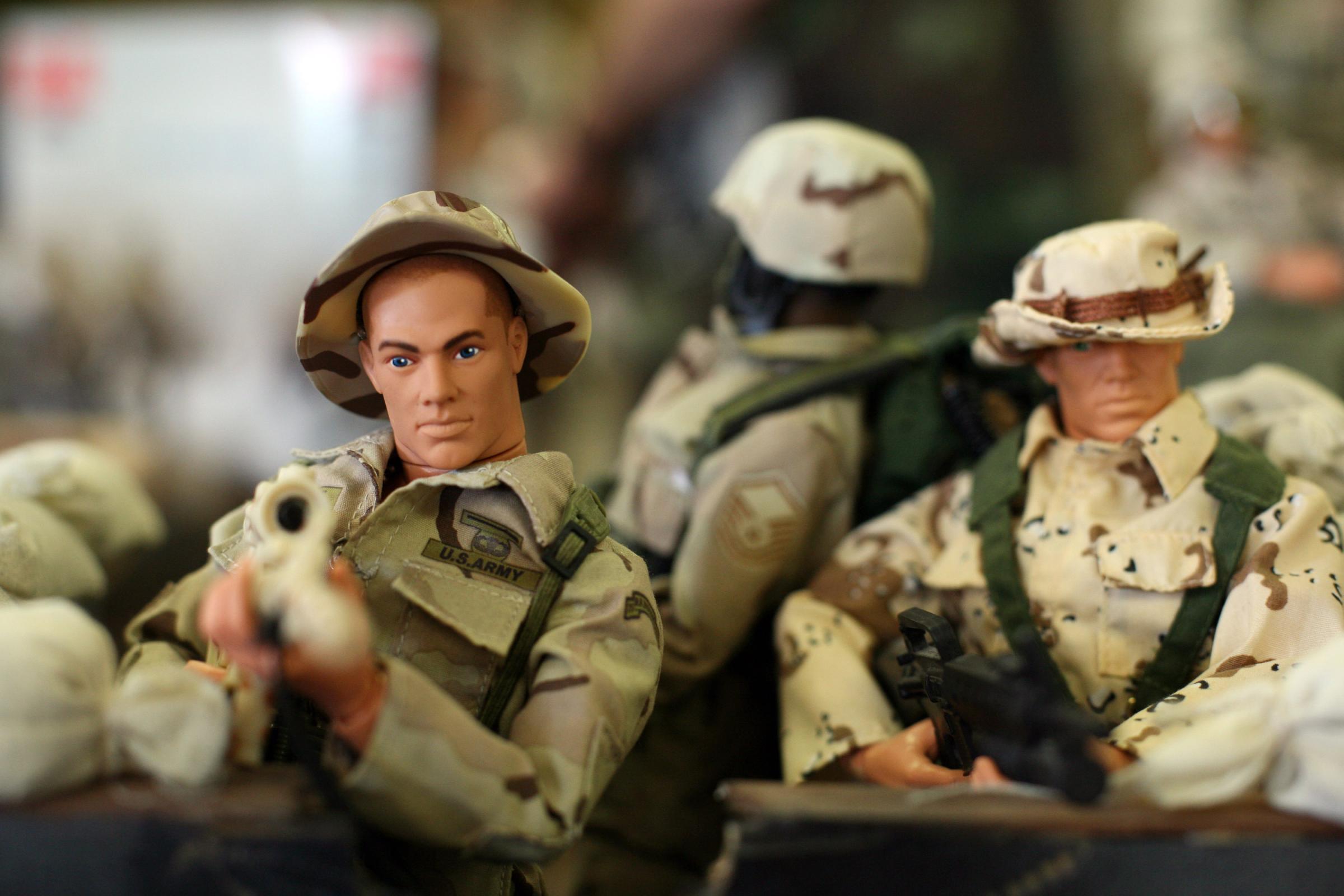
No one thought boys would play with a doll—until Hasbro introduced G.I. Joe in the middle of the Cold War as an “action figure” named after Government-Issued Joe, the World War II nickname for regular soldiers. “He’s an everyman, but he’s a hero—a singular individual who gets things done,” says Patricia Hogan, curator at the Strong Museum of Play. Joe paved the way for other action figures, specifically spies like the female private detective Honey West and The Man from U.N.C.L.E., as people were fixated on espionage during the Cold War. But his most enduring impact may be his bendable frame. “You couldn’t bend Barbie’s knees or her elbows—she just sort of stood there while you explained what she was doing,” Hogan says. “But a kid could pose G.I. Joe doing almost anything. There were a lot of action figures that came out after Joe that didn’t have that kind of articulation, and they did not sell nearly as well.”
2. Barbie
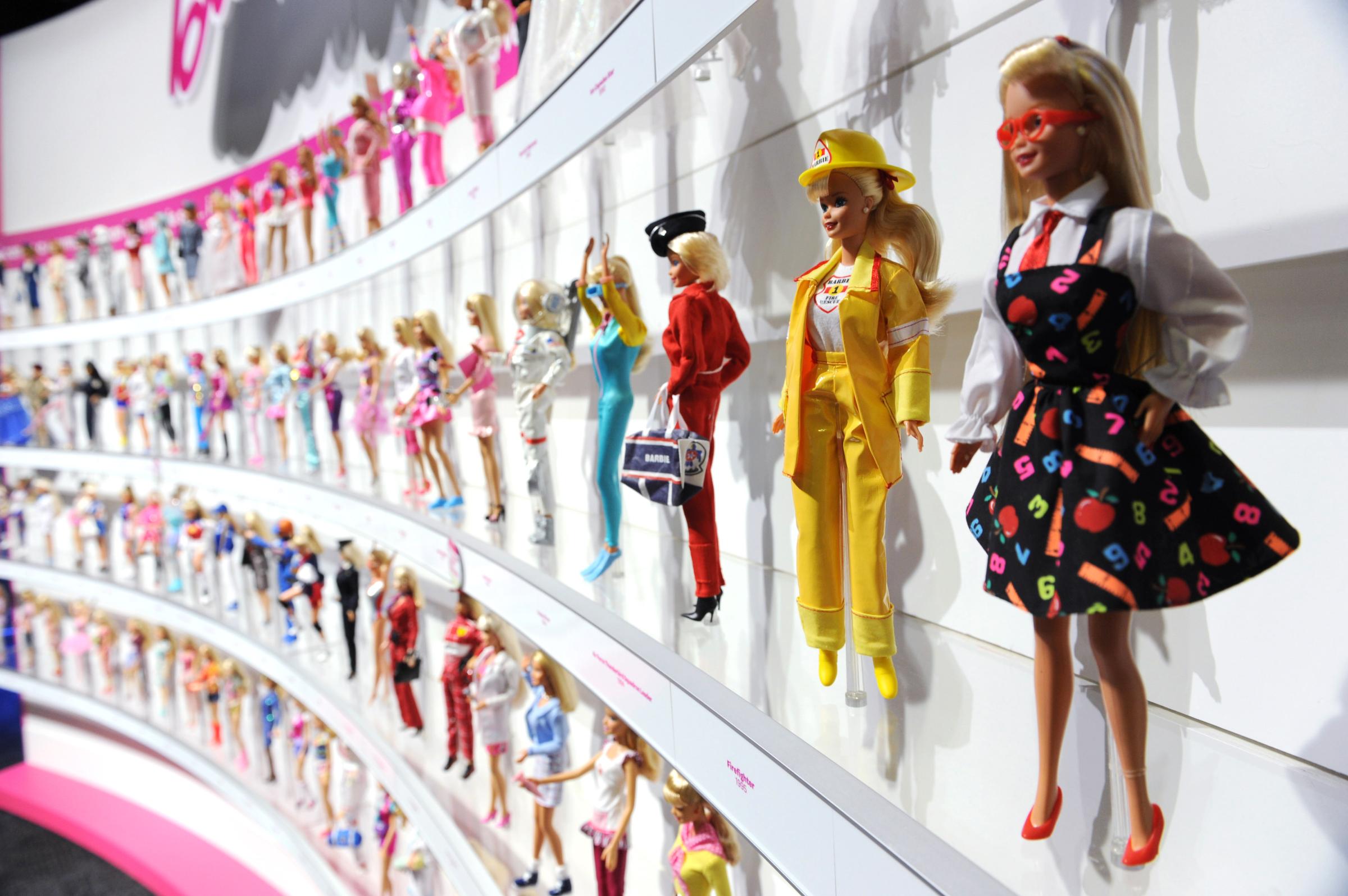
Sales may have dropped recently, but Mattel still claims a Barbie doll is sold every three seconds, which would make the billion-dollar brand the world’s most popular doll for girls. And she’s a pretty good role model, having held more than 150 careers—including doctor, scientist and lawyer—since her debut in 1959, and always keeping an active lifestyle. “Barbie was the first incarnation of the adult version of a doll that would allow girls to envision, ‘What do I want to be when I grow up?’ besides a mom,” says Walsh. She also embraced cultural diversity before many Americans did. Barbie’s first African-American friend debuted in 1968, and the first African-American version of herself debuted in 1980. “She has staying power because she’s changed and grown with the times,” says Hogan. And she has even surged ahead of them: Barbie has, after all, become President of the United States.
1. LEGO

Never mind that LEGO is the world’s biggest toy company—bringing in $2.3 billion in the first half of 2014 compared to Mattel’s $2 billion—and that it has spawned action-figures, TV shows, a fan conference and, most recently, a hit film. Since its debut in 1958, LEGO has also redefined the potential of playthings, allowing kids to build permanent structures from scratch, in all kinds of shapes and sizes, and “take them anywhere they want,” says Silver. That has had a massive impact on the toy and gaming industry—Minecraft was born from its creator’s experience playing with LEGO—and especially its younger players. As Walsh puts it: “I hear more stories about people who have become architects and engineers because they had a love for building with LEGOs” than I have heard people say, ‘I became a lawyer because I had a lawyer Barbie.'”
More Must-Reads From TIME
- The 100 Most Influential People of 2024
- The Revolution of Yulia Navalnaya
- 6 Compliments That Land Every Time
- What's the Deal With the Bitcoin Halving?
- If You're Dating Right Now , You're Brave: Column
- The AI That Could Heal a Divided Internet
- Fallout Is a Brilliant Model for the Future of Video Game Adaptations
- Want Weekly Recs on What to Watch, Read, and More? Sign Up for Worth Your Time
Write to Olivia B. Waxman at olivia.waxman@time.com